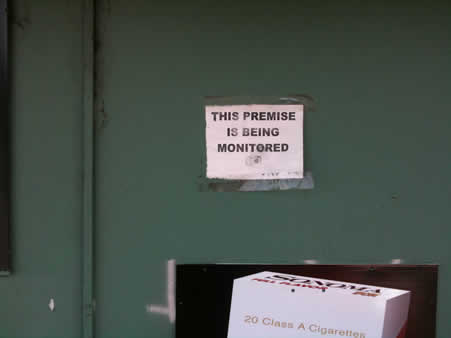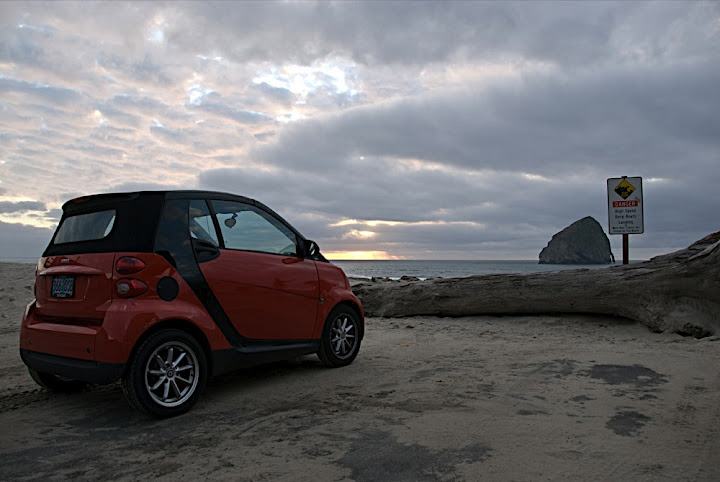Big-time Portland blogger Jack Bogdanski can dish out the criticism but apparently has a thin skin when it comes the other way. I’ve been commenting at his site and submitting topics for consideration (including one that was picked up earlier this month) for several years.
He’s been pushing the story of the recent Reed College heroin overdose deaths and the subsequent warning to the college from federal and local authorities since a letter from President Colin Diver went out last week to students, faculty, staff, and alumni about how Renn Fayre would be impacted.
Reed has had more than its share of heroin deaths. There were a couple around the period I was there in the late ’80s, and there have been heroin overdose deaths in 2008 and 2010. So there’s definitely a subculture of heroin use at the school. But as I pointed out in comments on the posts, smack isn’t exactly conducive to getting through Reed. If you’re smart enough to get in there, you can probably manage to skate through (whether that will get you into graduate school is another story) but if you’re nodding off every day that’s not going to happen. Heroin has a pull for a certain type of “artistic” personality, and those people are going to be drawn to places like Reed more than they are to Lewis & Clark or Linfield.
That, by the way, appears to be where I stepped on Mr. Bogdanski’s toes. Despite my having acknowledged that Reed had a couple clusters of heroin deaths, Bogdanski accused me in one response of denying that Reed had a heroin problem. I reiterated a couple of my remarks disproving that assertion and said that where I disagreed with him was in the size of the problem, then added for comedic effect this comment from a college shopper’s forum that I came across at random, after noting that he worked for the competition (i.e. he is a professor of law at Lewis & Clark)
I’ve posted this before, but it was so strange, I’ll do it again. When we were visiting Reed we called L & C admissions office and asked for directions. The woman at the other asked where we were coming from, we said Reed College, she said, “Oh, that’s a much better school.” It made us wonder what the school really thinks of itself.
And that got me banned. I didn’t realize it right away, because I posted a comment in another, later thread, but when I tried to post something this afternoon on a completely unrelated topic:

My earlier comments had also been deleted from the site.
The stupid thing is, the drug crackdown the US Attorney and Multnomah County DA and others want to use to bring Reed under their heel is just about the most inefficient waste of resources I can think of. Sure, they’ll keep people from smoking pot openly at Renn Fayre, but the kids who take acid or ecstacy or some other pills aren’t likely to be sharing them with random dudes showing up on campus who they’ve never seen before — and that stuff can last for hours. I don’t know what Bogdanski is smoking if he thinks that people are shooting up in public on the lawn in front of Eliot Hall, the only place a law enforcement presence is likely to make any difference. The powers-that-be will be able to strut around saying they’ve finally brought the druggie College under control; meanwhile the dealers will be working downtown Portland just like they do every single day. Sometime in the next decade, another Reedie will OD from heroin they bought within a few blocks of the Justice Center and the Hatfield Federal Courthouse. How will the DA and US Attorney pretend they’ve cleaned up the heroin problem at Reed then?









